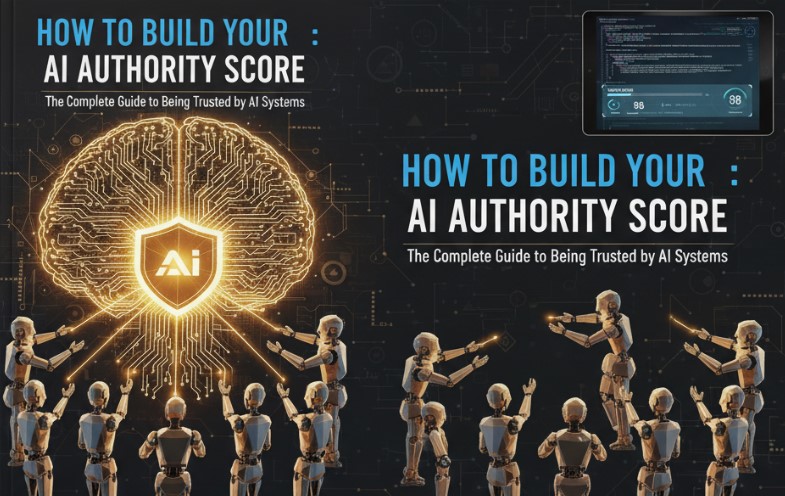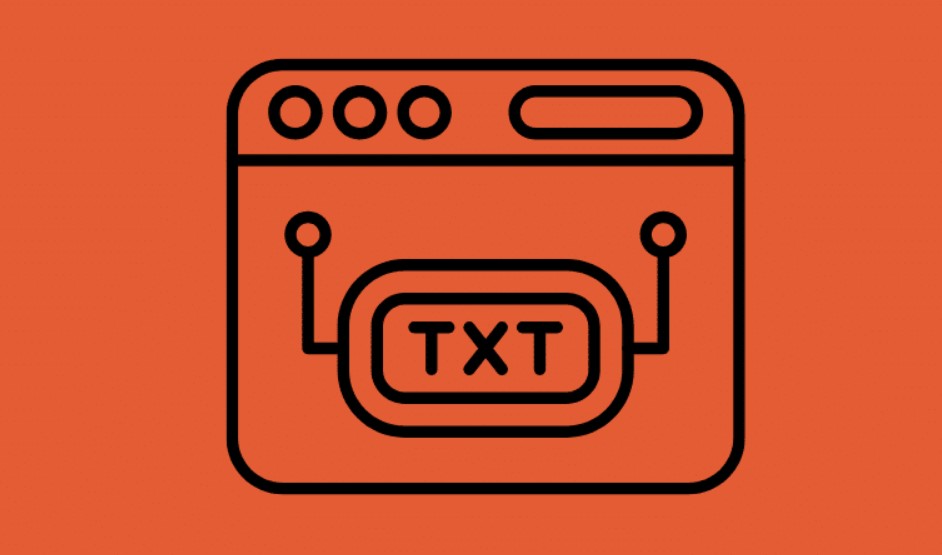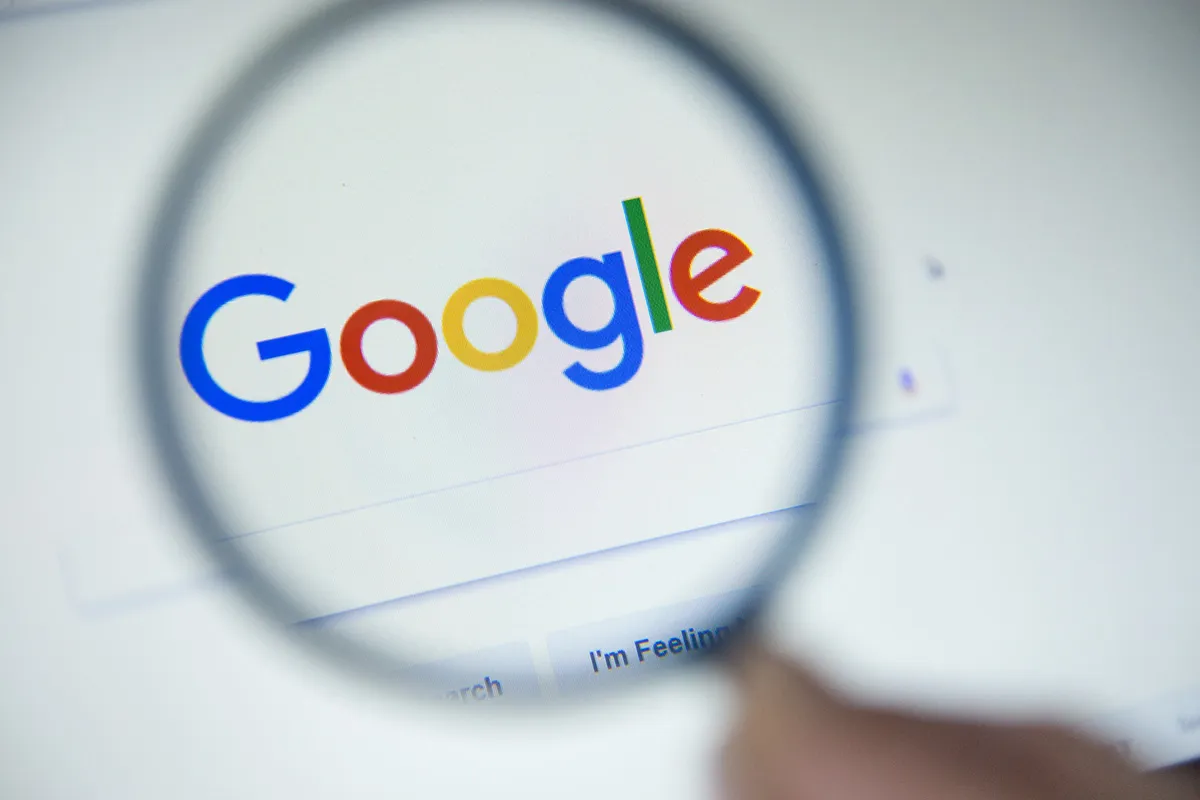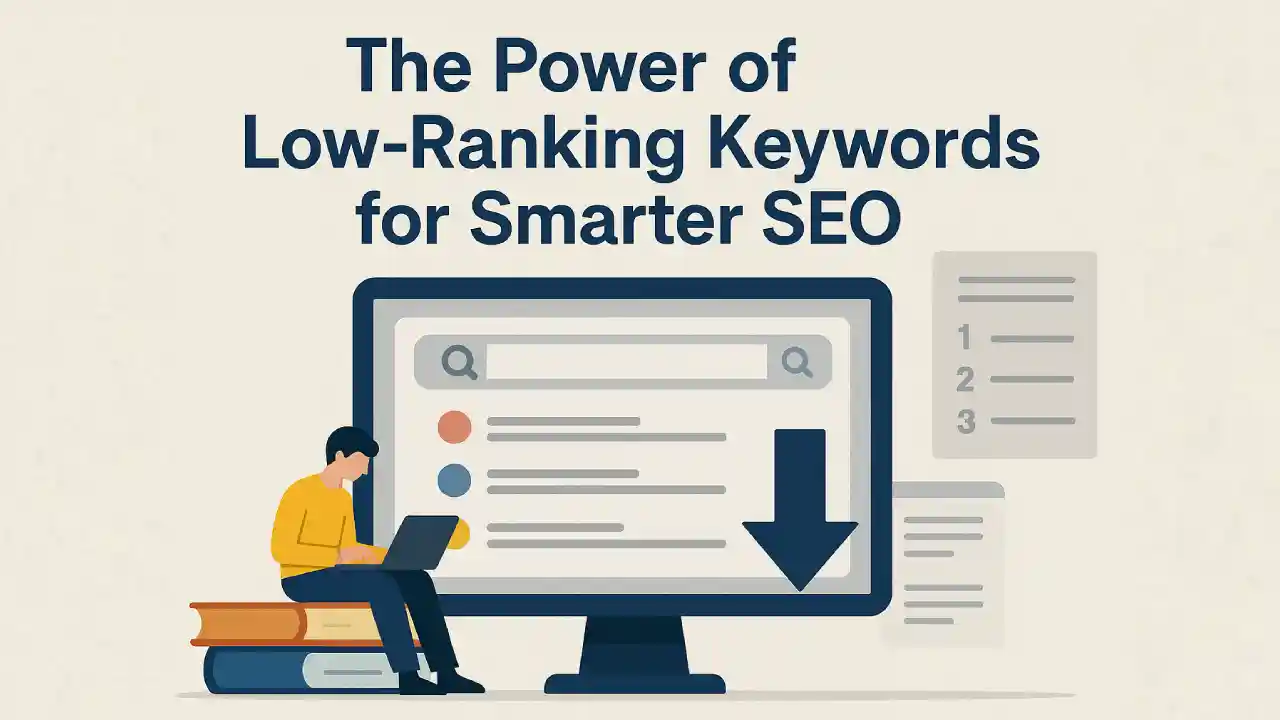Published by NewsPR Today | November 2025
There’s this strange thing that happens every time a new technology shows up. At first, people are curious. They experiment, explore, and figure out what it can do. Then, like clockwork, a new kind of gatekeeping starts.
Suddenly there’s a “right” way and a “wrong” way to use it. Artificial intelligence is just the latest victim of that same old pattern.
Some people use AI like a screwdriver. They type a prompt, get an answer, and move on. For them, it’s a practical tool. It helps them code faster, summarize research, or clean up a sentence. Others treat it more like a creative partner. They talk to it, brainstorm ideas, or use it as a sounding board. And then there are those who find comfort in it, who just like that it feels like there’s someone listening.
How to Build Your AI Authority Score: The Complete Guide to Being Trusted by AI Systems
Here’s the truth: none of those uses are wrong. The idea that there’s only one proper way to interact with AI completely misses what makes it special. This technology was built to adapt. It doesn’t have a single purpose carved in stone. It becomes what the person in front of it needs it to be.
Think about a hammer. In one hand, it builds a house. In another, it shapes a sculpture. In someone else’s, it just hangs on a wall as decoration. It’s the same tool, but the meaning changes depending on who’s using it. AI is like that. It’s not about the tool itself. It’s about the person holding it.
What’s sad is how often people mock others for the way they use AI, especially when it’s about finding comfort or connection. That’s not just unnecessary, it’s cruel. The whole point of making AI sound conversational was to make it feel natural, to help people communicate with technology in a way that feels human. If someone finds a bit of peace or companionship in that, it’s not something to laugh at. It’s something to understand.
And then there’s the hypocrisy. A scientist can use AI to help polish a paper and no one complains. A coder can ask it to write a function, and everyone calls it efficient. But if a writer uses it to fix a few sentences or improve flow, suddenly it’s “AI slop.” Same process, same logic, different reactions. It’s not about the tool. It’s about people picking and choosing who’s allowed to use it without judgment.
What gets lost in all this noise is the human part. AI doesn’t decide to make art or write posts or code on its own. A person always starts the process. The user guides it, shapes it, edits it, and decides what stays. The human is the constant.
That’s why the real danger isn’t AI replacing people. The real danger is people forgetting how to treat each other. When we start mocking others just because they use technology differently, we’re showing that the empathy problem isn’t with the machine. It’s with us.
So maybe it’s time to drop the attitude. Let people use AI however it helps them. Whether it’s a practical tool, a creative partner, or just a voice that listens when no one else does, it’s all valid. The only rule that should matter is this: if it helps someone get through the day or create something they’re proud of, then it’s working exactly as intended.




